Introduction
The Doomo D is a compact, Chinese-built hot shoe light meter that prides itself on elegant retro design and physical controls. Its design is reminiscent of the Voigtlander VC meter that has found its way onto so many Leicas and other meter-less cameras in the past few decades.
But why wouldn’t a camera come with a meter? It’s true, most cameras from the 1960s onwards came with built-in mechanisms for measuring light. Some notable exceptions include professional cameras like the Hasselblad 500C/M, the original Nikon F (without Photomic prism), and most Leica rangefinders.
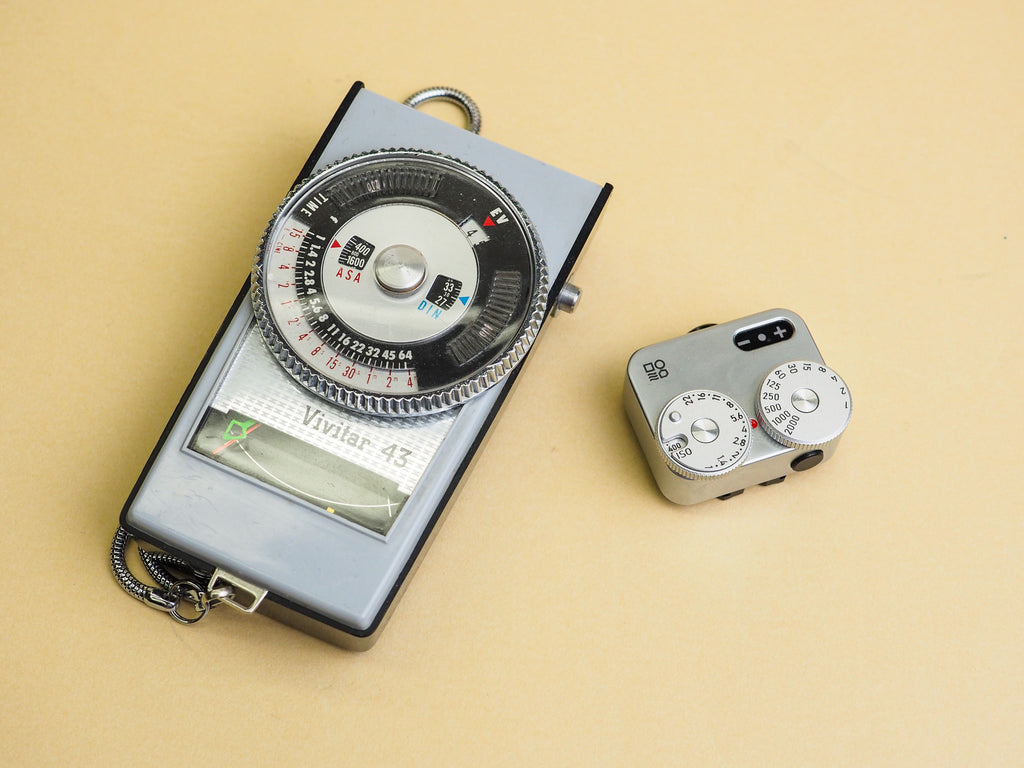
Generally, the expectation was that professionals knew the rules of exposure or were using an external light meter. A simple match needle wasn’t necessarily accurate enough for professional use, or perhaps the metering area was not precise enough.
Icons like Ansel Adams are famous for using spot meters to take evaluative measurements of the scene, using intense calculations to get exposure absolutely perfect. But we’re not here to talk about that. Let’s get to the Doomo.
The Doomo Meter D
In the past few years, the analog industry has grown tremendously. In this time, new products have begun coming to market. Some, like Yashica’s Digi-Film concept, flopped, while others have succeeded and become welcome additions to the market. The Doomo is the latter of the two.
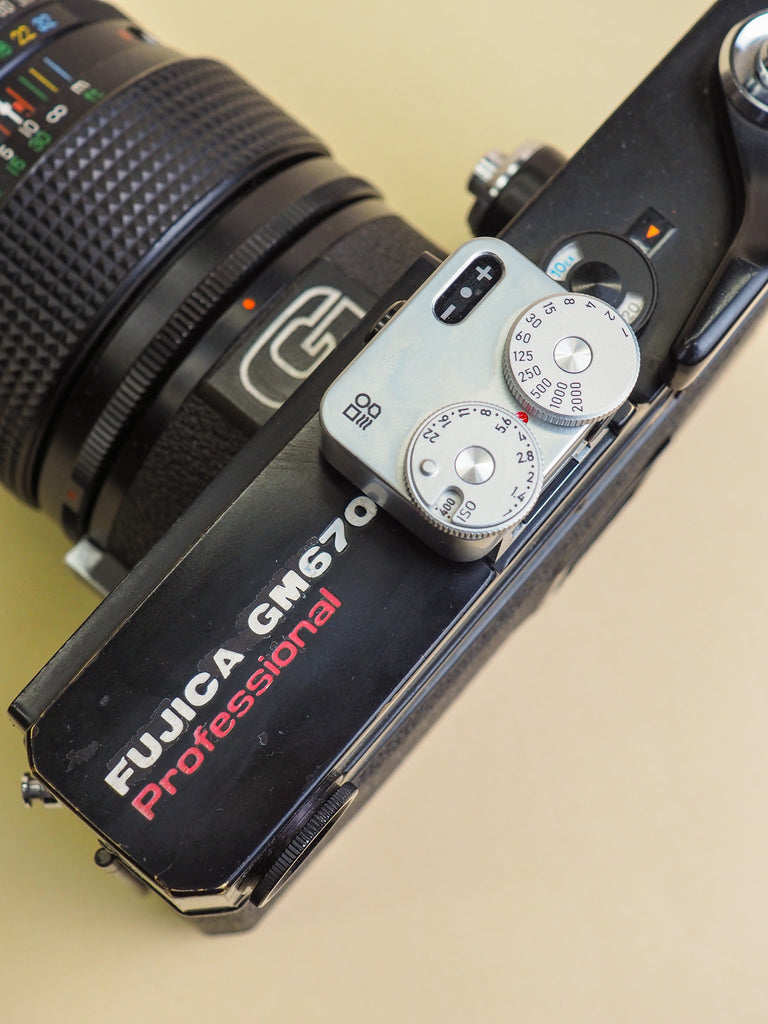
Many would consider a light meter an essential part of the photographic process, and an external, shoe-mounted meter has always been an attractive concept. Voigtlander’s VC meter was always popular with Leica users, as it provided a simple and elegant way to quickly see what settings you needed.
I’ve mentioned the VC meter a few times already. This is deliberate, because that’s what the Doomo draws.. clear inspiration from. There’s no way around it; the Doomo looks like a VC copy. But honestly, so what? The VC is a great design, and the Doomo looks sharp as well.
Let’s be honest, styling is probably a more important consideration than a lot of people would want to admit. Part of collecting vintage cameras is that they're beautiful pieces of engineering and technology. Key word: beautiful.
After examining the competition, I think it’s safe to say that the Doomo is, subjectively, the most attractive new hot shoe light meter available today.
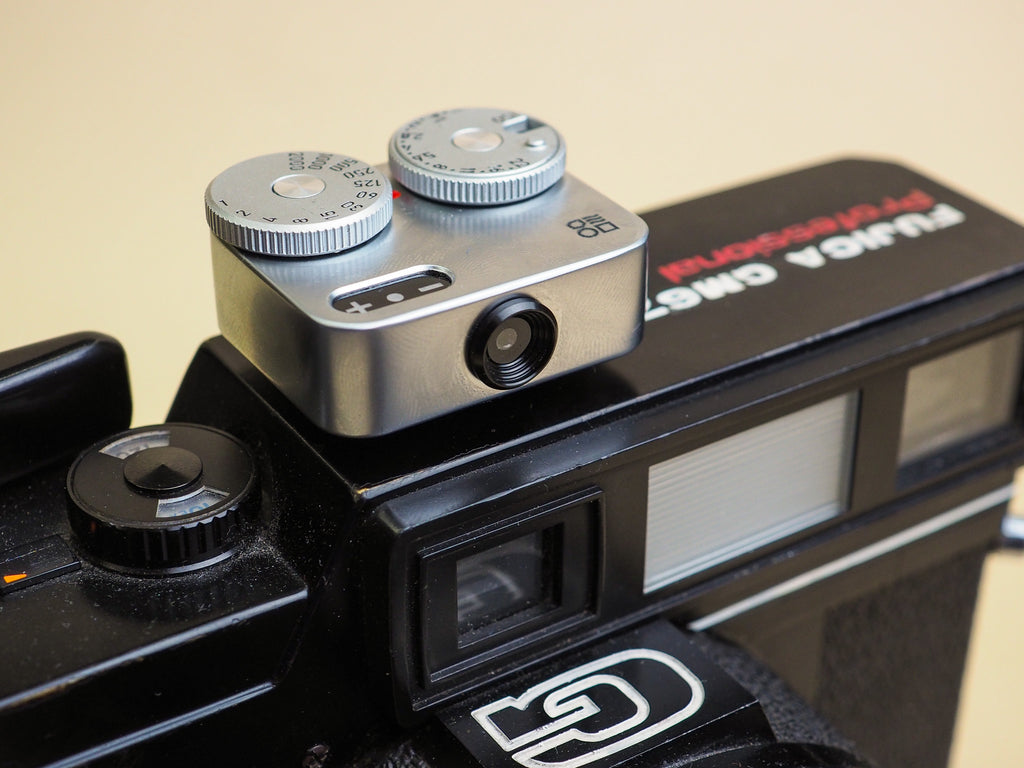
The brushed metal Doomo is classier than the obviously-3D-printed Reveni, and I prefer the look of the Doomo’s dials to the buttons of other options, like the Keks or Hedeco Lime One.
Another way in which the Doomo differs from other options on the market is with its controls. As I said, the Doomo uses physical dials and LEDs instead of buttons and a screen.
The shutter speed dial clicks quietly, but satisfyingly from 1 second to 1/2000th, and the aperture dial rotates freely without clicks. It only stops quite a bit past the aperture range, based on the ISO dial underneath.
I’m not sure how I feel about that, but I found the dial completely backwards more than once when taking a camera out of my bag.
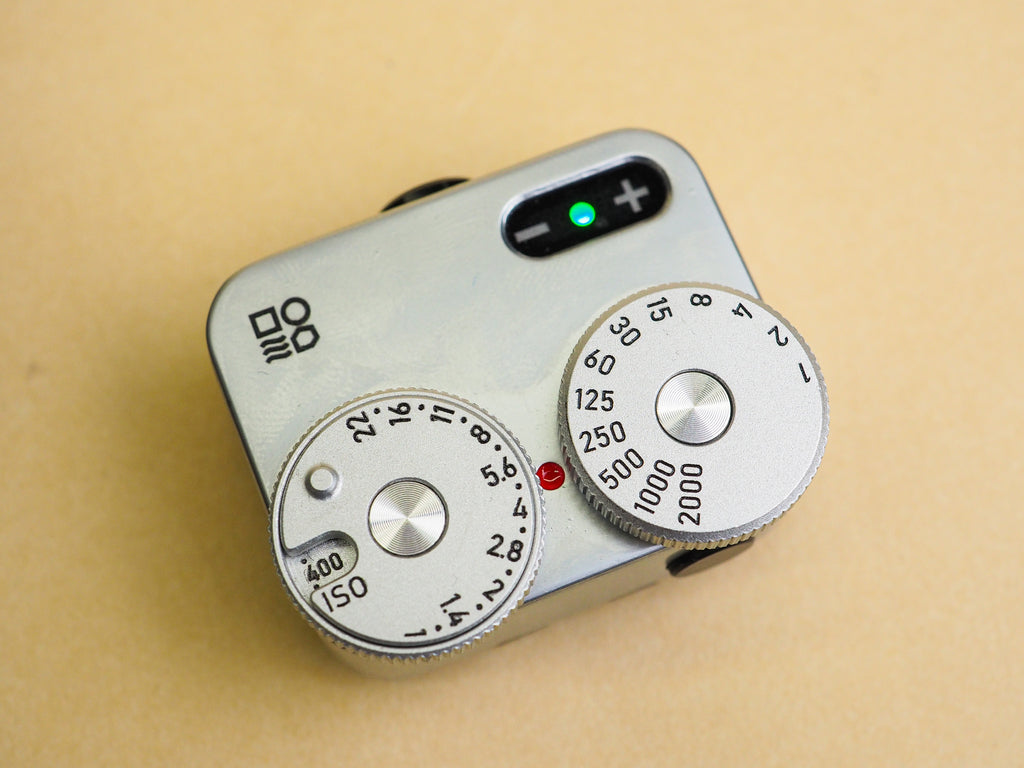
Again, it’s personal preference, but I find the dials and LEDs to match better stylistically with vintage cameras. Putting an LCD screen on top of a classic mechanical camera just feels a bit weird to me, I guess.
The Doomo is available in silver and black, and both colors are great. The silver in particular is nice. It has a gentle shine to it, but the color perfectly matches classic silver cameras. It looks great on everything, from a Leica M3 and a Pentax K1000, to an older Zeiss Ikon Nettar folder.
Of course, there are negatives to the Doomo’s design as well. Using the Doomo in low light, for example, might be more difficult than other, similar meters. The physical dials aren’t illuminated, and the LEDs only tell you if you’re over, under, or properly exposed. Compared to the LCD readout of the Reveni or Keks, it’ll be hard to tell what the Doomo is telling you in low light.
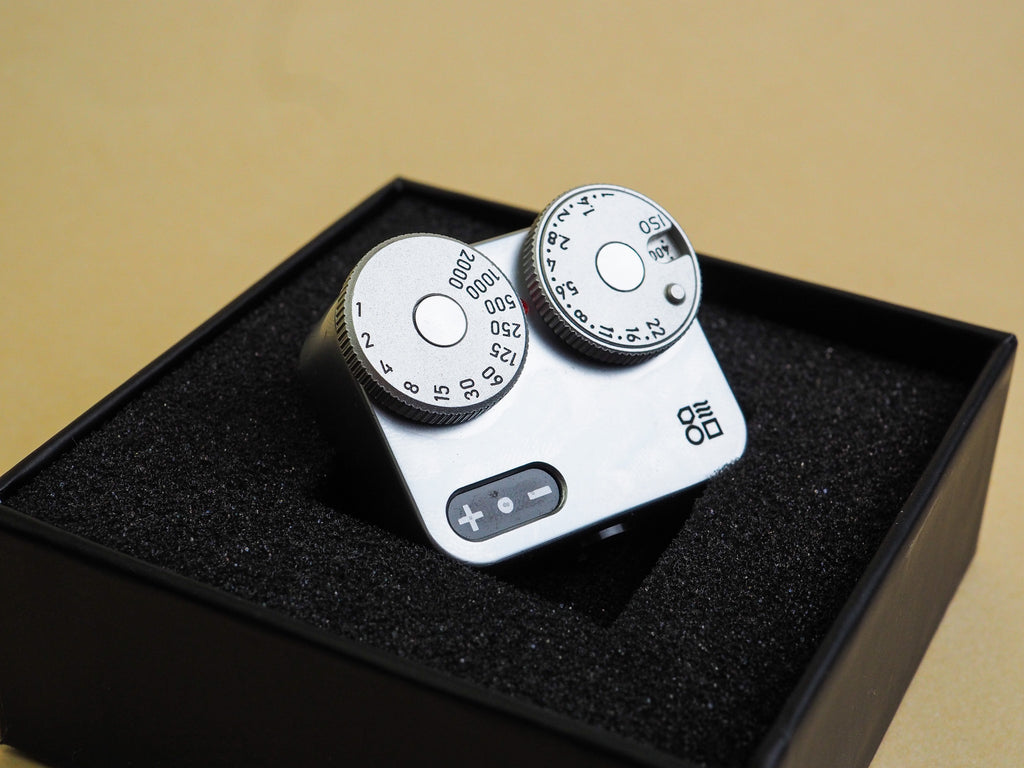
Another drawback of the Doomo’s physical controls is the limited shutter speed selection. The Keks EM-01 can meter down to 30 seconds using its LCD display. The Doomo? Only one second.
Obviously, it’s not fair to expect 30 second exposures on the Doomo’s physical dial, but I do think a bit more sensitivity would be nice. There’s room on the dial for a few more speeds.
The counter-point to this is that you can meter at f22 and 1 second and then calculate proper exposure (f16 & ½”, f11 & ¼”, etc.) that way to gain some extra sensitivity. Yes, you can do that. But you don’t have to do math with the Keks, or the Reveni.
The Doomo also takes a slightly unusual battery. Whereas its competition takes the standard LR44 that many camera geeks will have lying around, the Doomo will require a trip to the store. Not too big of a deal, but worth noting.
Basically, the design of the Doomo is both its strongest point and its weakest. By taking such.. Heavy inspiration from the VC meter and committing to using high-grade materials, the Doomo has a certain elegance that sets it apart from its competitors.
Unfortunately, it also sets itself apart by being more limited in its scope. Its physical dials prevent it from metering easily at night, or even being read. I shoot a lot at night, and because of this the Doomo can’t fully replace my handheld Vivitar meter.
What about during the day, though?
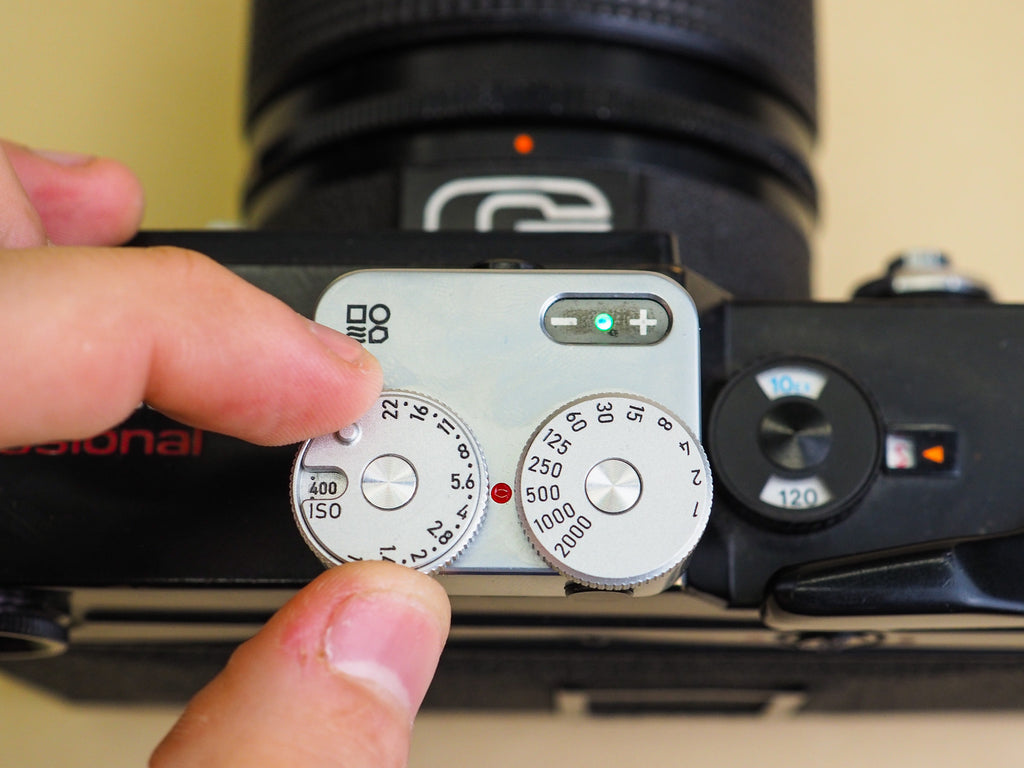
Doomo for the Day
I decided to take the Doomo out on the coldest day of the year. Finnish winter is a cold, dark affair, but when it gets past a certain temperature below 0, the clouds go away and the sun comes out.
So when the weather forecast said sunny, I jumped at the opportunity, even if it also said -18 degrees Celsius.
That’s -25ºC with wind chill, by the way. I loaded my bag with my thickest camera and the Doomo, and then I put on my thickest hat, my warmest scarf, and my ski jacket.
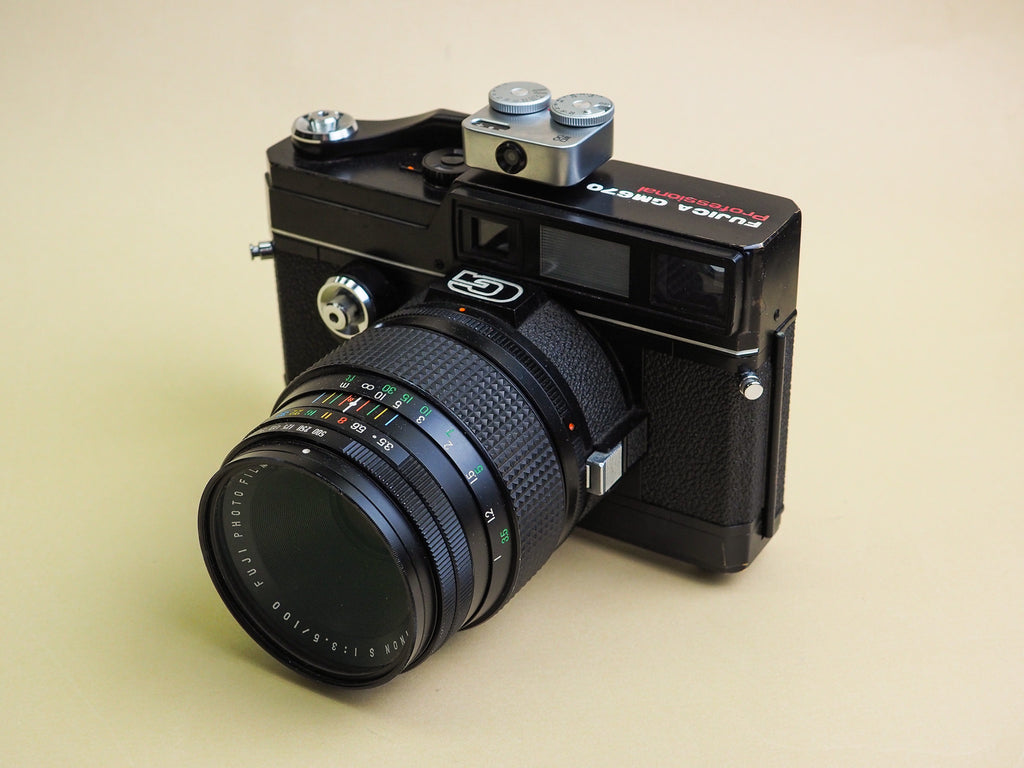
The only meterless camera I own is my Fujica GM670, the 6x7 version of the “Texas Leica” GL690. I decided to go with the Fuji today because of its simple operation and my comfort level with the camera. I always use an external meter with the Fuji, so it was a natural fit. Plus, I trusted the simple leaf shutter to keep working even in the extreme cold.
My first impressions were incredibly positive. The Doomo’s size is ideal for the GM670. Not too big, but not too small, either. It’s one of the larger of the new light meters on the market, but on a big camera it fits nicely.
I grabbed a pack of Kodak Portra 800 and headed out into the cold. Immediately, the Doomo made itself useful. Remember, I have gloves on. Thick ones.
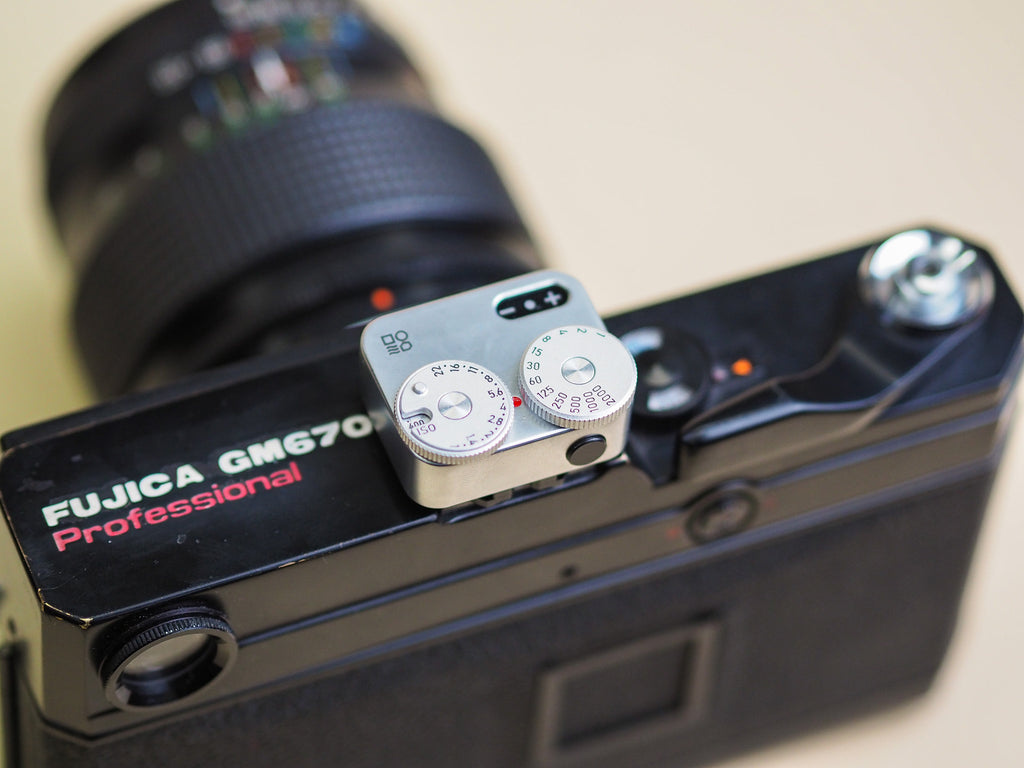
If I had one of the other meters on the market, particularly the tiny Reveni, I wouldn’t have been able to press the buttons. My mitten-ed hands would have pressed every button at once, and covered the metering cell at the same time.
With the Doomo, though, I was able to rotate the dials easily with one hand. The clicks of the shutter speed dial in particular gave me confidence in the meter.
The extreme cold and wind did more to Tampere than bring the sun out. The snow that had recently fallen on top of the lake began blowing into the light, swirling around in what felt like a song of ice and fire. Get it? Because.. Game of Thrones? Sorry.
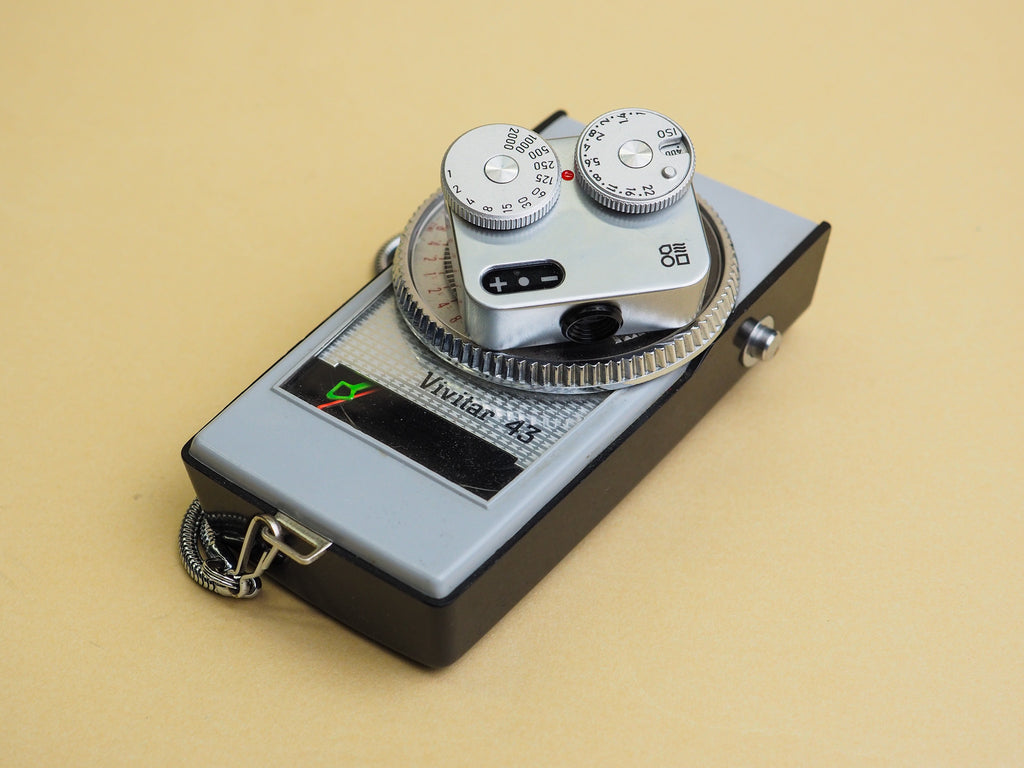
Isn’t it weird, though, how Game of Thrones references were dated within a week of the show ending? It was the center of pop culture for years, but just fell off the face of the Earth when the series ended. Weird. Anyways, back to the meter.
In researching the different meters available now, it became clear that the Doomo is the only one that could really handle this environment. The Hedeco Lime One does have a physical dial, but it uses a combination of buttons to control the dial’s function.
I honestly don’t know if my fingers would have been dexterous enough inside my gloves to do it. I doubt it. With the Doomo, though, all I felt was confidence. I walked along the coast, being blasted with sun and wind, snapping away with the help of the Doomo.
Comparing the experience of the Doomo versus my handheld Vivitar is like night and day. Because the Vivitar isn’t attached to the camera, and requires two hands to operate, I would have to put my Fuji down every time I wanted to use it. This necessitates either a tripod or putting my bag on the ground. With the Doomo, I point the camera where I want to meter, I pick the settings, and I shoot.
Honestly, it’s no wonder most camera companies put light meters in their models 60 years ago.

As I was shooting, a man approached and said that I’d better be quick, because his phone had died while taking a selfie earlier. This made me worry a bit about the Doomo, because at its core it’s quite a simple device. The battery is also quite small. If this cold can kill an iPhone, how would the Doomo survive?
But survive it did, actually lasting longer than the Fujica or me. I had to take refuge in a cafe to warm my legs and the Fuji’s focusing ring, but the Doomo kept working no matter what I threw at it.
Even with my useless gloved hands and frozen brain, I could easily read the Doomo and figure out what it was trying to tell me. It fit nicely onto my camera and just made sense. I wasn’t thinking about it at all (aside from preparing for this review) or questioning why it is the way it is. That feels like everything I could ask from a light meter.
Well, that and accurate exposures. It wouldn’t be much of a light meter if it didn’t give accurate exposures. So how did the Doomo perform?
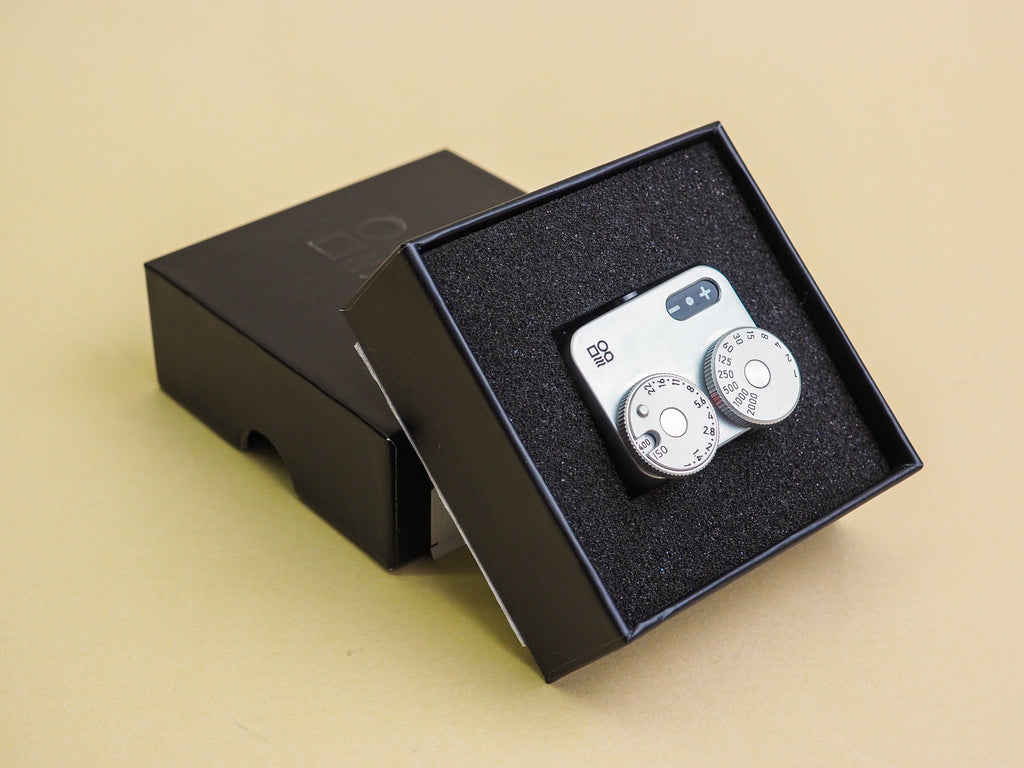
Shots Metered with the Doomo
The environment I was in provided quite a challenge for the Doomo. I was shooting Portra 800 at 400 in the middle of the day with bright, fresh snow reflecting tons of light. The sun was strong (by the standards of Finnish winter) and low in the sky, casting long shadows and making lighting trickly uneven.
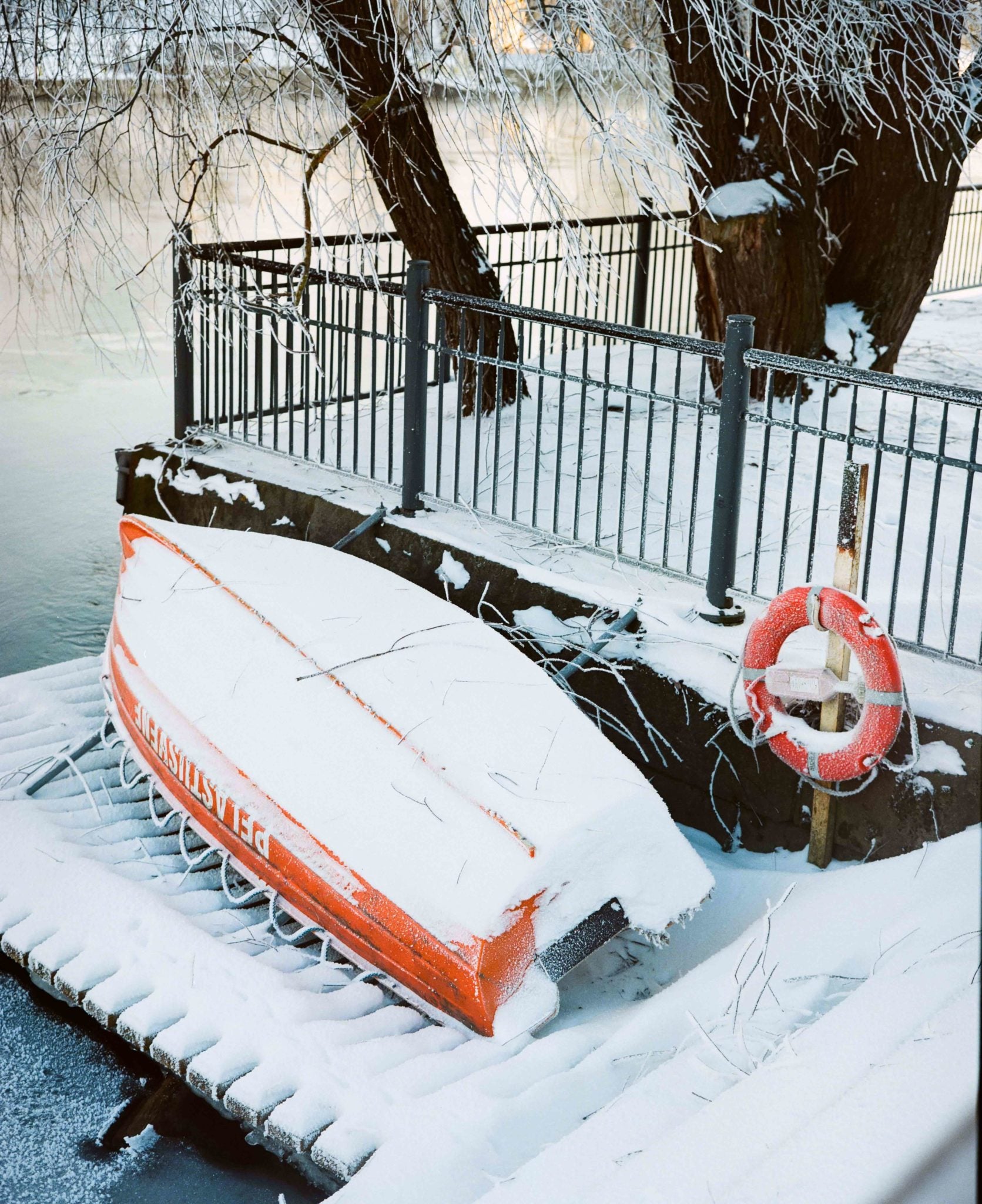
 |

And the Doomo D knocked it out of the park. The only time it wasn’t dead on was perhaps when I was pointing it at a field of 80% snow with a subject in the foreground. Here it MAYBE overexposed a bit. One stop, one and a half? Hard to say, especially because it happened so rarely.

 |
 |

I’m particularly drawn to the one I took across the lake of the fog. Somehow the Doomo was accurate when pointed directly at the sun. Don’t ask me how. All I did was take the Doomo’s suggestion and move my aperture one stop more closed to slightly underexpose.

 |
 |
 |
 |

The same can be said of a shot from underneath a bridge, looking out over a river. The same troublesome light conditions, only exacerbated by a second bridge blocking some of the strong sunlight. This, mixed with the fog, makes some awesome “God rays” but can be hard to capture. Not for the Doomo, I suppose.

 |
 |
 |
 |

All of my shots were at 1/250th or 1/500th, which is the maximum shutter speed of my GM670. Most of them were f/8 to f/16, because after f/16 I would start losing sharpness due to diffraction.

 |
 |
 |
 |
Conclusion
I suppose the greatest compliment I could give the Doomo is that it worked as intended. Out of the 50 shots I took that day, I ended up liking 37 enough to stick with. That’s a crazy hit ratio, even for film. With auto exposure cameras I may end up sticking with 10-15 photos per roll. Digital photographers will shoot thousands of shots to get 200 good photos.
So 37/50, or 74%, is worthy of praise. Honestly, though, the shots I got rid of were properly exposed, I just didn’t like them or they were too similar to other, better shots.
I went into this review with moderately high expectations. I had wanted a hot shoe mounted light meter for months, but had never pulled the trigger. It always seemed like there were new ones coming to market and making crazy promises.
I read review after review just like this one and agonized over my choice. I’m sure some of you can relate to that.
To put it simply, is the Doomo a good light meter? Yes. Is it perfect? Of course not. As we discussed, this meter isn’t really usable at night. Some people may prefer the LCD readout of its competitors, or even dislike the Doomo’s physical dials.
By design, this meter is more limited than some of its competitors. But the Doomo is more than a simple tool that reads light. It’s not just a 3D printed box. This is a metal-constructed, vintage-inspired piece meant to stay on your Leica or other professional camera at all times.
The Doomo is worth your time. For my needs, which include daytime shooting under harsh conditions and gloved use, it may be the only of the new light meters I can use. It’s quick, intuitive if you’re used to classic cameras, and gets the job done.
I’ll probably get my own in black, to better match my Fuji.








